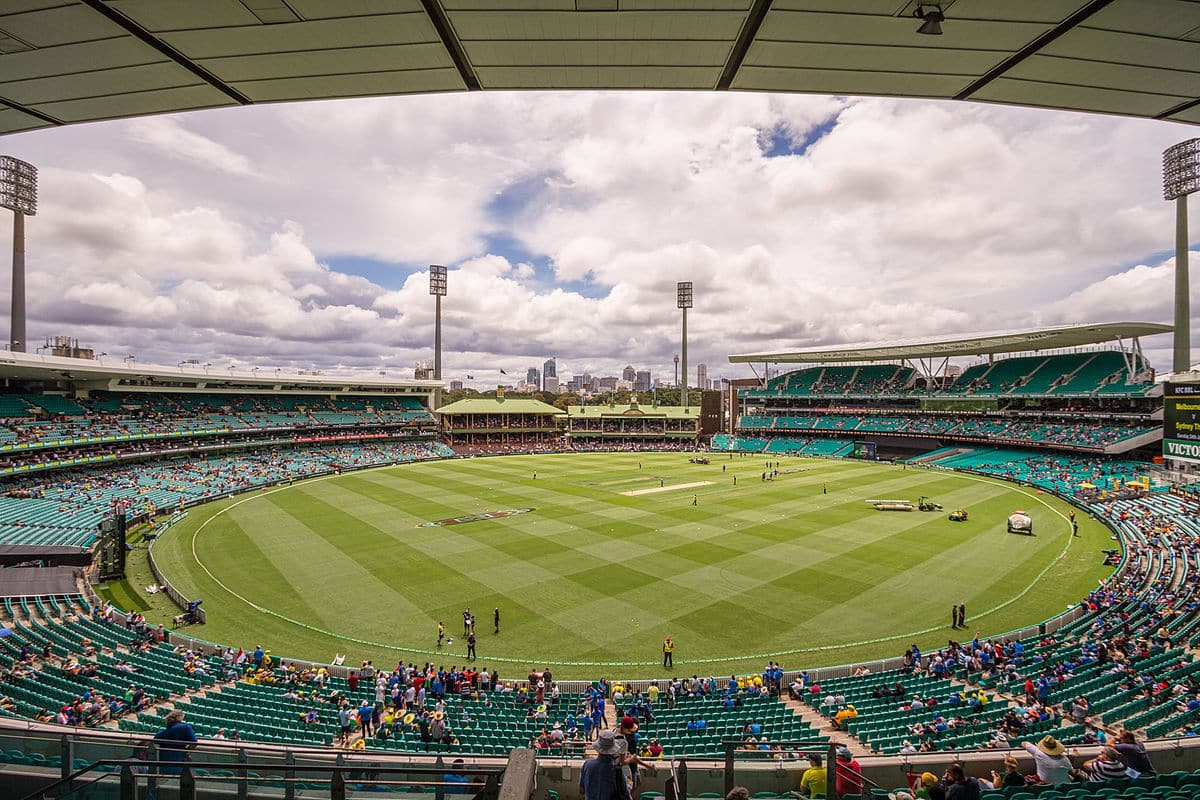Table of Contents
Just like any global sport, Cricket is an easy game when you break it down. A player will throw a ball while another player tries to hit it. It is crucial to remember that cricket has a set of rules that parties need to adhere to just like any other sport. There are also specific terminologies to use when addressing the sport for better communication. By the end of the article, you as the reader will be able to fully comprehend how the cricket game works.
Cricket Basics
The Cricket game is played between two teams of 11 players on every side. Two umpires officiate the matches and their decisions in the game are unquestionable.
Just like baseball, one team will bat while the other takes the field. The purpose of the game is usually to score more runs than the opposition. It is quite simple.
Interestingly, the game starts with the team captains flipping a coin to see which team will bat first. The winner of the toss can choose to bat first or take the field first. You can catch up with the exciting game, South Africa vs Scotland as we continue to delve more into cricket.
Types of Matches
There are three common types of cricket matches that you will encounter at the professional level.
Test match:
The test match is the longest type of match and could potentially last up to five days. Both teams will go through their batting lineup twice for a total of four innings. One innings can last for almost a day. A test match will feature 90 overs, an over refers to six bowls or pitches that a bowler delivers.
Twenty20:
The Twenty20 match is the fastest match type. Every team only faces 20 overs, meaning matches can end within three hours.
One-day match:
This type of match only lasts for a day, as the name suggests. Every team bats once with 50 overs each.
Batting
The batting side starts by sending in the first two players in their respective batting order. The striker should be taking pitches from the bowler while the other batsmen, the non-striker, will be at the other end of the pitch. The remaining team will wait off of the field for their turn to bat.
Bowls are to be delivered to the striker in an attempt to get them out. When this occurs, they are usually replaced by a different batsman. This will continue to happen till all the players are out and that marks the end of the innings.
Common Cricket Terms
Innings:
Innings are defined as the duration it takes a team to bat. A typical test match has four innings with each team coming to bat twice. The rest of the match types only have two innings with each team batting once.
Wicket:
The wicket refers to the three stumps usually at the end of a pitch. A batsman bats in front of the wicket in order to protect it. Their primary goal is to prevent the ball from hitting the wicket.
Run:
A run is simply the unit of scoring in cricket. This commonly happens when a batsman makes a run after making a nice hit.
Dismissal:
Similar to baseball, dismissal refers to the end of a batman’s batting period. The goal for the fielding team is to ensure they have dismissed 10 players to end the innings.
Scoring in Cricket
Here are some common techniques to score a run in cricket.
Single:
Single refers to when a batsman makes a perfect shot that allows him to run to the opposite wicket. A run is scored if they make it in the opposite direction. Both batsmen should know when this can be done on the field. Double or triple singles are also allowed in the game.
Boundary:
A boundary is the equivalent of a home run in cricket. When a batsman hits the ball to the perimeter of the field, their team will be awarded six runs. There will be no need to run in a boundary hit.
Extras:
Extras commonly refer to the points awarded from penalties that are done by the fielding team. This occurs whenever a bowler delivers a wide ( an illegal delivery that is too high or wide) or no-ball (the bowler made some type of illegal delivery or a fielder made an illegal action).
Dismissal in Cricket
Here are some common techniques of dismissal in the sport.
Bowled:
A batsman is typically out if a delivery hits the wicket. It may be a direct hit or a deflection off of the batsman or their bat.
Caught:
A striker is said to be out when they hit a delivery and the ball is caught by a bowler or a fielder before it gets to the ground.
Leg before wicket:
A leg before a wicket is said to occur in case a striker is out of ball hits on any part of their body and the umpire decides that the delivery would have hit the wicket. This does not apply if the delivery hits the bat.
Run out:
Runout occurs when the batsmen are running between wickets. If the fielding team puts down a wicket while the ball is in play, the batsman nearest to the wicket is out.
Conclusion
This article concluded with the basic outline of the cricket game. There is no doubt it is an exciting sport with loyal fans globally. What makes it even more exciting is apps which have made it possible to place bets before and when watching the sport. This gives anyone an opportunity to earn money while watching your favorite sport.


